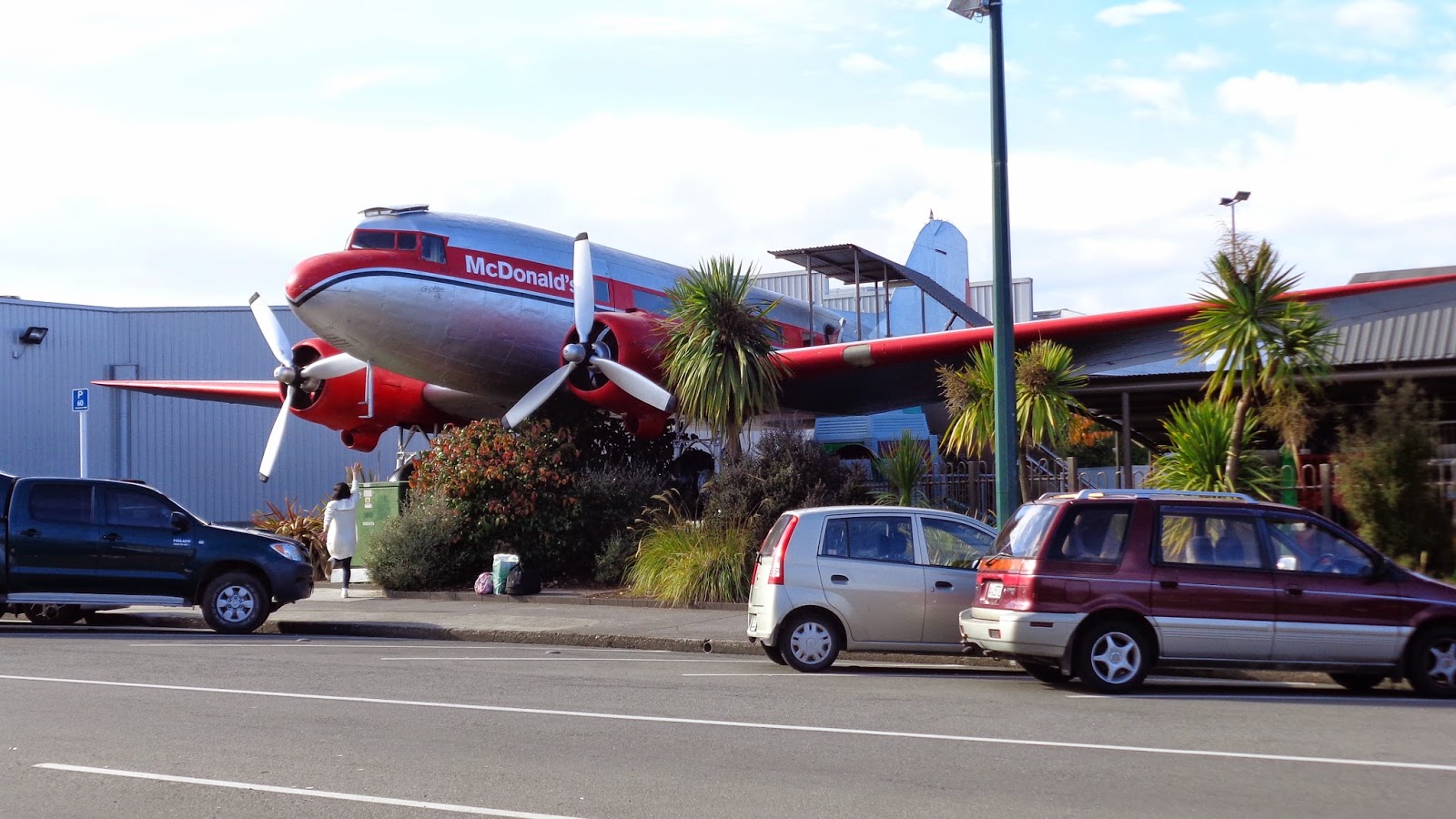After the rather bouyant mood everyone was in last week after the successful initial navs, panic has well and truly set in as we are a long way behind where we need to be to meet our departure date in 39 days. The weather has completely halted all VFR training this week, which is exacerbating the situation; I was rostered every single day this week (as were most of the course), but only managed my flights on Saturday, and even these weren't in the greatest conditions. Given we have VFR nav to complete, instrument flight in the simulator, and instrument flight in the aircraft, we are hard pressed to finish on time, and have now been threatened with a late departure. Ideally I will complete the 14 remaining navs in the next three and a half weeks, the 8 sim flights the week after (they can apparently be compressed), and the 5 instrument flights in our final week here, with 2 night flights thrown in somewhere for good measure. We're in trouble!
In terms of my actual flights, I flew yesterday morning with Scott in what can be described as 'interesting' conditions. The wind at 3000 feet was blowing at 40 knots, and given the surface wind was still pretty strong there was a lot of mechanical turbulence as the air was deflected over high ground. The flight was still productive, and after a touch and go at Taupo I transited back to Hamilton in simulated deteriorating weather conditions, where I had to fly low level following the Waikato river. This is a good method when visual navigation becomes difficult, but just be sure you're following the right river!
Deadliest Catch with Rich Gibson
Today a few of us decided to take the fishing gear down to the river just behind Clearways and see how we'd fair as anglers. The answer was not very well, and after 4 hours of losing equipment, snagging hooks, and not seeing a single fish, we cut our losses and returned home. We did however try to catch some Eels from the lake at Clearways, but annoyingly they dont come out until dark, and even though we lured them in with bacon flavoured rice caked, again we were rubbish!
I'm scheduled to fly two flights tomorrow, neither of which I think will happen as the weather is again turning nasty. The screen shot here shows the North Island pretty much under water by 9am, and you can see the next band of rain to the West ready to arrive on Tuesday. Shortly the possibility we will be delayed leaving is likely to become a reality, which is driving me nuts because I was due to have a trip to France with Alice to see her parents, a trip that looks like she'll be going on alone. I feel guilty and it's not even my fault, but that doesn't help at all! Pray for me, pray hard!



















